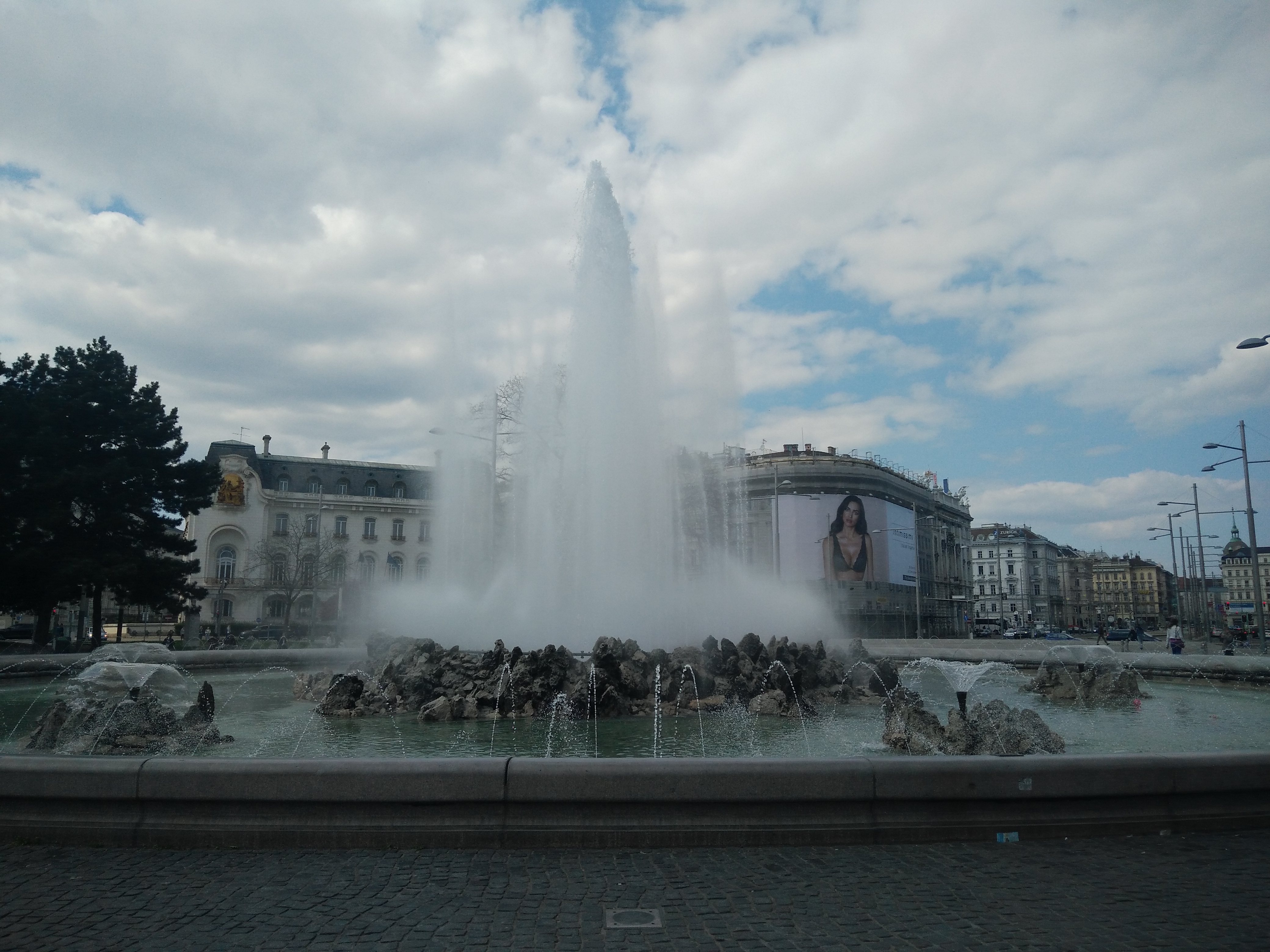
Uploaded on 2017-05-09 by Cristina Martín-Sonseca Ponz
In my opinion, the key is to implement those kinds of infrastructures, either in every building or several times in every neighbourhood. This will provide a level of availability for the citizens that has not been seen before. Besides, I would say that a close interconnection between the citizens and the buildings should be established. With the usage of the internet of things, using sensors and the citizens feedback, it should be possible to provide a more specific and adapted service. If the new buildings incorporate this kind of devices and the existing ones have them implemented, it would be possible to, for example, reduce the energy consumption due to a smaller loss, reduce the response time of health services such as ambulances, etc. Even though every city is different and thus the requirements change, it could be taken as a basis that water, energy, transportation, and health infrastructures are implemented at a specific frequency depending on the number of citizens. Transportation must create a grid that allows the mobility of goods and citizens throughout the entire city. There are multiple methods that can reduce the energy usage and, at the same time, allow a very user-friendly environment. If the transportation infrastructure is interactive, it should be even possible to control traffic to prevent jams and ease the mobility. Energy also needs to be transported. Moreover, the better its transportation infrastructure, the smaller the loss, which leads to both economical and environmental advantages. Water infrastructure could even be connected to the electricity framework in the way that dams can create electricity that then can be taken into the city. It is probably possible to create electricity with the transport of both clean, grey, and black water. The water transportation infrastructure is also relevant and completely necessary for a comfortable urban system. The re-usage of water should also play an important part into the cities infrastructure. Grey water can be reused and water treatment plants must be used to clean waste water before pouring it into natural water courses. If health infrastructures were connected to the transportation grid, rapid attention to the people that need it could be provided, together with secure and easy transport and access to the appropriate facilities. Both water and energy could be reused (even though in different ways). It is basically a cycle from the source to the waste and from then it can be a source again. If we can make the resources such as water and energy to flow through that cycle as many times as possible we will achieve more sustainable urban systems. Furthermore, if we can do so within the cities, we will reduce transportation. I believe this all should be taken into consideration when designing future urban systems. A frequent location of these infrastructures, even if it is in smaller magnitudes or proportions, is probably very beneficial for both the citizens and governances. It consists basically on the creation of a dense network, a grid of closely interconnected interactive items. This is valid for every element of the city but it is more important for water, energy, transportation, and health because they are basically the core of the system.